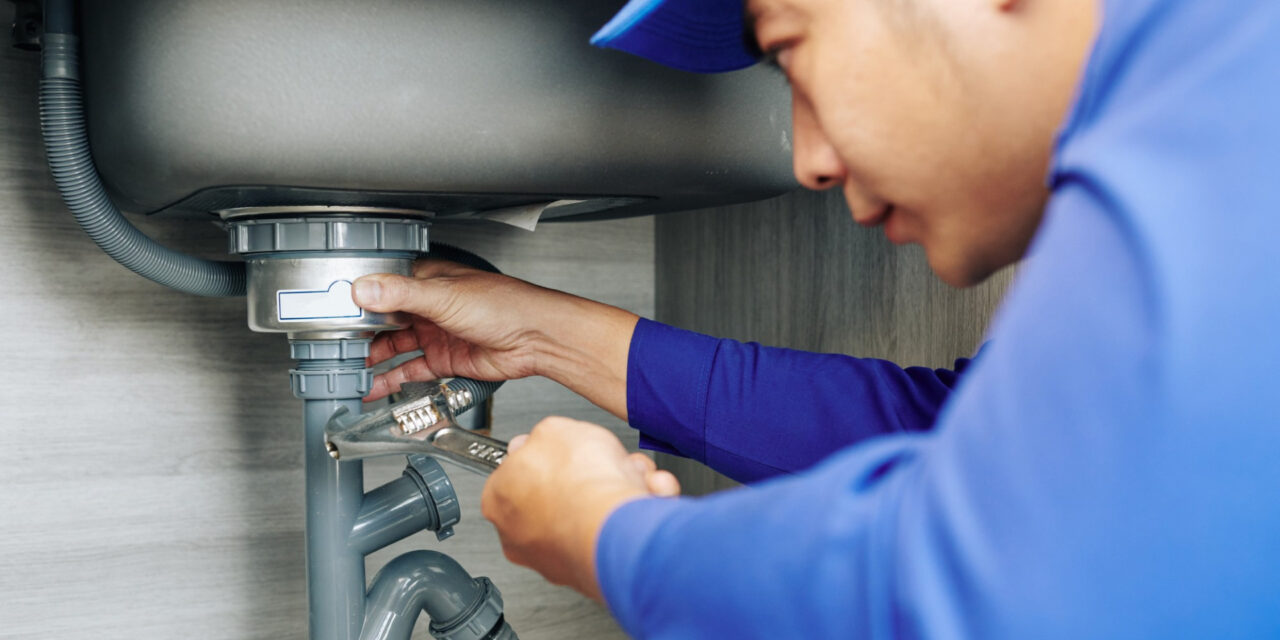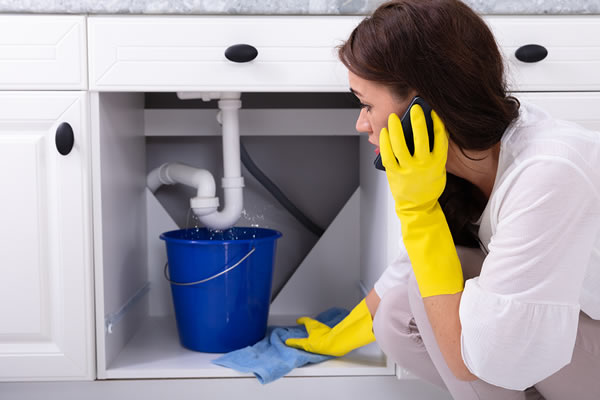Exactly how to Inspect If Your House Has a Concealed Leak
Exactly how to Inspect If Your House Has a Concealed Leak
Blog Article
What're your concepts about Top leak detection hacks?

Early discovery of dripping water lines can reduce a possible disaster. Some small water leaks might not be visible.
1. Take A Look At the Water Meter
Examining it is a guaranteed way that assists you find leakages. If it moves, that shows a fast-moving leak. This suggests you may have a slow leakage that can even be below ground.
2. Examine Water Usage
Analyze your water expenses and track your water usage. As the one paying it, you must see if there are any inconsistencies. If you detect sudden changes, despite your consumption being the same, it implies that you have leaks in your plumbing system. Keep in mind, your water expense must drop under the very same range each month. An unexpected spike in your expense suggests a fast-moving leak.
A constant increase every month, even with the same behaviors, shows you have a sluggish leak that's likewise gradually intensifying. Call a plumber to extensively check your building, especially if you really feel a cozy location on your floor with piping beneath.
3. Do a Food Coloring Examination
When it comes to water intake, 30% comes from bathrooms. If the shade somehow infiltrates your bowl throughout that time without flushing, there's a leak in between the storage tank and dish.
4. Asses Outside Lines
Do not forget to examine your outside water lines also. Test faucets by connecting a yard pipe. Should water leak out of the connection, you have a loosened rubber gasket. Replace this as well as make sure all connections are limited. If you've obtained an automatic sprinkler, it will assist get it expertly checked out and preserved each year. One small leak can lose lots of water as well as surge your water expense.
5. Analyze the situation as well as evaluate
Property owners should make it a routine to check under the sink counters and also even inside closets for any type of bad odor or mold and mildew growth. These 2 red flags show a leak so timely attention is needed. Doing regular evaluations, also bi-annually, can conserve you from a major issue.
If you know your home is currently old, maintain a careful eye on your heaters, hose pipes, pipes etc. Check for stainings as well as compromising as a lot of devices and pipelines have a life span. They will certainly additionally normally degrade because of tear and wear. If you suspect dripping water lines in your plumbing system, do not wait on it to escalate. Call an expert plumber as soon as possible so you don't wind up with a dreadful mess in your home.
Early discovery of leaking water lines can mitigate a prospective calamity. Some tiny water leakages might not be visible. Checking it is a surefire method that helps you uncover leaks. One little leak can throw away heaps of water and surge your water expense.
If you suspect dripping water lines in your plumbing system, do not wait for it to rise.
WARNING SIGNS OF WATER LEAKAGE BEHIND THE WALL
PERSISTENT MUSTY ODORS
As water slowly drips from a leaky pipe inside the wall, flooring and sheetrock stay damp and develop an odor similar to wet cardboard. It generates a musty smell that can help you find hidden leaks.
MOLD IN UNUSUAL AREAS
Mold usually grows in wet areas like kitchens, baths and laundry rooms. If you spot the stuff on walls or baseboards in other rooms of the house, it’s a good indicator of undetected water leaks.
STAINS THAT GROW
When mold thrives around a leaky pipe, it sometimes takes hold on the inside surface of the affected wall. A growing stain on otherwise clean sheetrock is often your sign of a hidden plumbing problem.
PEELING OR BUBBLING WALLPAPER / PAINT
This clue is easy to miss in rooms that don’t get much use. When you see wallpaper separating along seams or paint bubbling or flaking off the wall, blame sheetrock that stays wet because of an undetected leak.
BUCKLED CEILINGS AND STAINED FLOORS
If ceilings or floors in bathrooms, kitchens or laundry areas develop structural problems, don’t rule out constant damp inside the walls. Wet sheetrock can affect adjacent framing, flooring and ceilings.
https://www.servicemasterbyzaba.com/blog/how-to-detect-water-leakage-in-walls/

As an avid person who reads on Detecting hidden plumbing leaks, I assumed sharing that piece of writing was a good thing. Sharing is caring. Helping people is fun. Thanks a lot for your time spent reading it.
Report this page